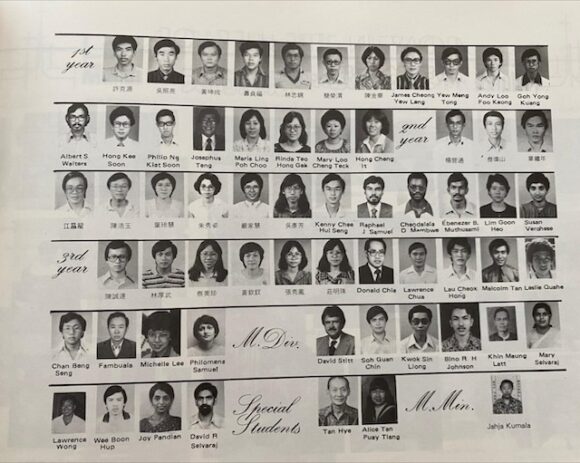After the church accepted me into the full-time staff, I attended Tung Ling Bible School for 3 months of short-term training. Paul Tan from the Church of Singapore was the Principal, and Percy Campbell was the Dean. For three months, we stayed in the Church of Singapore’s old building, which the church had graciously allowed […]
We were forewarned that the food at this retreat wouldn’t be the “fine dining” experience we had previously. This time, it would be Asian cuisine, served buffet-style. But to our pleasant surprise, Maple Catering exceeded expectations. The change turned out to be a positive one—the food was satisfying and well-prepared. People come to retreats to […]
I have never been to Trinity Theological College for a retreat. They had been doing retreats for a few years before COVID-19 halted them. Now the college has resumed them, and they plan to do four retreats a year, God willing. Rev. Dr. Jimmy Tan and Rev. Dr. Niam were the retreat leaders, and Kim […]
